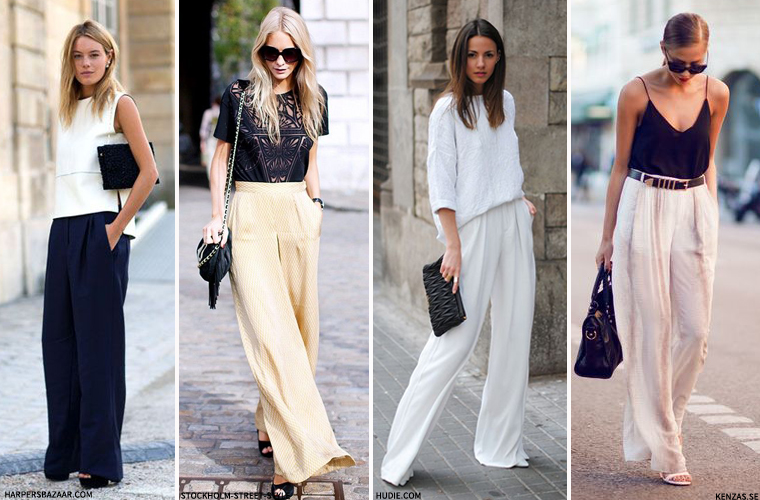For garment manufacturers and fashion brands, riding the wave of a fashion life cycle time and again is an essential exercise. Creating trends, maintaining it and profiting from them is all a cyclic activity that keeps the fashion designers and marketers on their toes.
The cyclic phenomenon of the rise and fall of a fashion trend and all things associated with it is technically called the “Fashion Cycle”. It’s a comprehensive study of the lifetime of any fashion trend and is a major part of the curriculum in fashion designing courses.
In fashion designing, the fashion cycle has distinct phases that progress from one to another and even have transitions within each stage that can be minutely observed and studied. The strategies for every stage differs in its methods and execution. Fashion design training, at a certain level, involves a lot of ideation and planning around this topic.
Style Introduction
The wheel of a fashion cycle starts rolling with the introduction of a fashion collection or a design. The new collection, a style statement, is introduced with a big placement. Designers create the new design closest to what it was conceived to be. There will be tweaks on the raw material quality, creative elements like colours, patterns and shapes and the fine workmanship.
A niche audience is presented with this high priced, limited edition garment collection. The retail buyers are introduced to the new products and the press gets the first look of the same. The products in the collection are highlighted for their freshness and style statement.
The clothes in the collection are bought by celebrities to wear in parties or exclusive events. At this stage, the new line of fashion garments aligns with the first level of a trickle-down theory.
Rise in Popularity
Now that the product gets more acceptance amongst the rich clientele that wears it, the new design and the style gets used in movies or on TV and gets the eyes of common people who get a liking for the same. They would want to try and flaunt it but would be budget bound. The opportunity is utilised by the garment manufacturers. To make the designs sell among the masses, they begin to modify the designs a bit and use less expensive fabrics. Even imitations spring up and sell.
At the Peak
At the culminating point, the collection sells huge at multiple levels of the customer base. Properly strategized placement with the reasonable compromise on different features commensurate to the pricing, ensures maximum profits made out of the trend.
Waning of Popularity
Subsequently, the product, having enjoyed great demand for a while, meets the saturation point where consumers first stop buying it for the prevalent price. The stores begin to sell it off on discounts to utilise the last crowd that buys it. The sale of the particular collection falls rapidly.
The Rejection Stage
The particular collection and style lose ground. Customers reject the fashion, turning towards the next new look. Here, the fashion cycle ends for the collection.
Though some style comes back in fashion this is not the case for all styles. Fashion and design courses train the students to carefully study the fashion cycles of popular collections and styles with respect to their length of cycle and events of resurgence. Hamstech’s fashion design diploma also has this in its curriculum. It guides students to make relevant and peculiar observations with the help of expert faculty and mentors.
Fashion cycle thus is a definitive learning point that gives a wealth of guidance to make wise decisions about any collection. The plans and strategies are chosen for managing the cycle of a particular garment line thus make way for a realistic, informed and yet ambitious approach towards designing the collection. The process is basically the same for any brand.
It is in the tact of handling and influencing the effects of consumer behaviour that the success of a design lies. The concept of fashion cycle and its profitability is thus crucially dependent on tracking and understanding consumer preferences. This is important as designers can then refrain from creating something hard to sell to a projected target demographic. Afterall, fashion is as commercial as creative it is.






